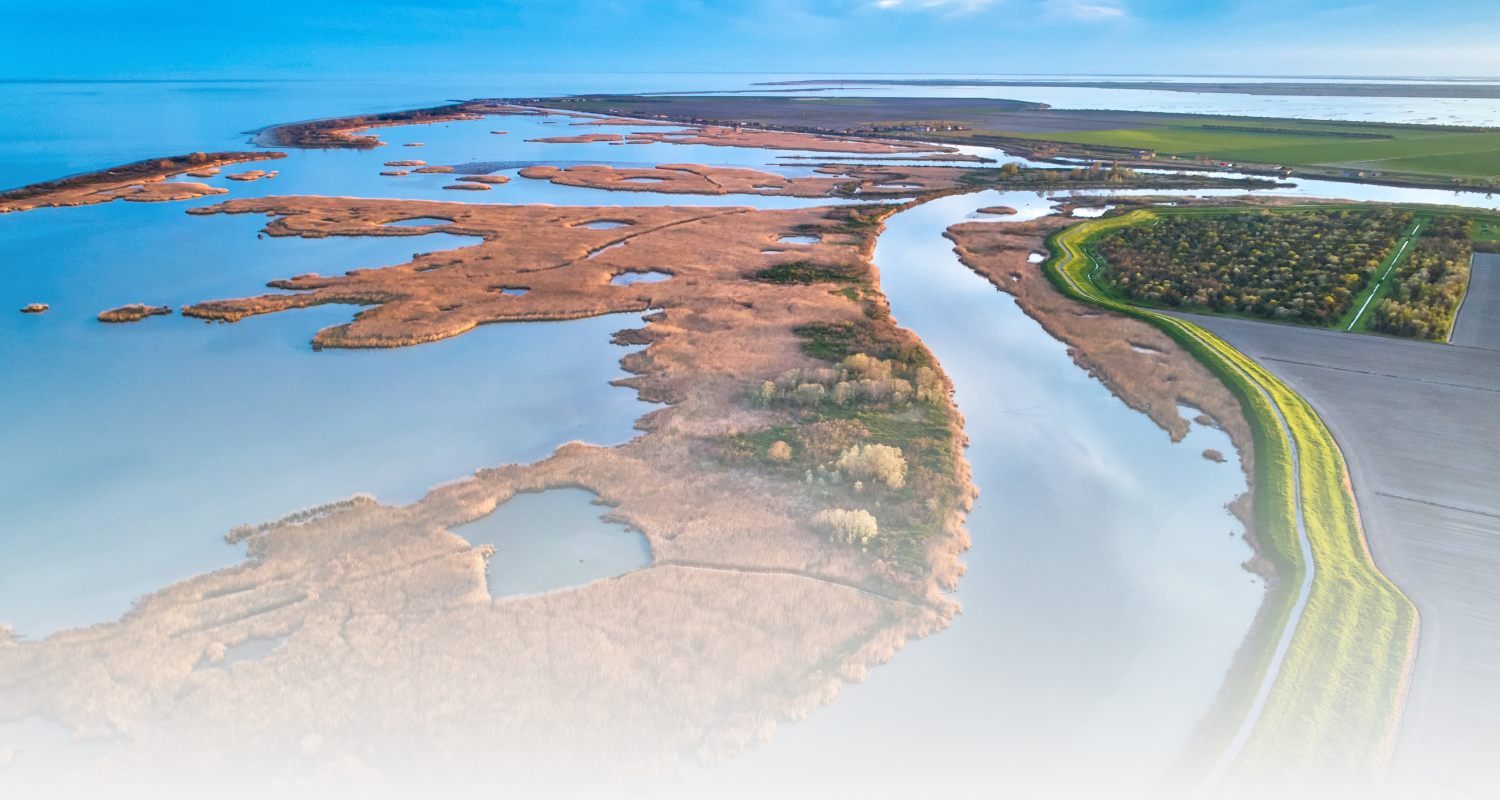
The Ravenna CCS project turns a commitment to reducing CO2 emissions into an opportunity for growth and development for the Ravenna district.

The industrial hub that revolves around the port of Ravenna is an important manufacturing district at the economic and social level in Italy. Due to its strategic location close to the Adriatic Sea's offshore activities, some of the district's strongest sectors are engineering, mechanics, and logistics related to the upstream processes of the natural gas supply chain: areas that employ specialized labor and high technology. With the threat of natural gas field depletion looming, the introduction of a carbon dioxide storage hub is going to be a major opportunity for economic activities previously revolving around natural gas production. World-renowned for their professional expertise, local technicians and operators can be redeployed and trained. In this way, the district's characteristic economic vibrancy will find a new purpose in this emerging sector. Only a small portion of it will be reused for CO2 storage. This repurposing of assets, in line with circular economy principles, will enable a substantial decarbonization project to be implemented quickly and cost-effectively. As a result, local industries will have the possibility of decarbonizing their operations without having a negative impact on the area.
Here are the 2021 business results in the Ravenna industrial hub.
working on Eni operations in Ravenna
energy produced from natural gas by Enipower
area reclaimed by Eni Rewind (Ponticelle)

In addition to revitalising Ravenna's economy and contributing to the decarbonization of the Italian and European industrial system, the Ravenna CCS project will provide benefits on a much wider scale. It will facilitate emissions reduction for companies located in other industrial areas, thereby contributing to the decarbonization of the Italian industrial system. Once fully operational, the project will play a key role in meeting climate change targets, promoting a new phase of growth within the energy transition. Specifically, by providing CO2 offsetting solutions to hard-to-abate industries, it will promote the development a national chain in the decarbonization sector - an area that is already expanding rapidly in Europe and globally, and is set to grow even more in the coming decades. The development of a major CCS hub can also attract investments and new sustainable industrial initiatives from international players, who are increasingly interested in investing in regions equipped with carbon capture and storage infrastructure.
The Ravenna CCS project can stimulate job creation in a cutting-edge, sustainability-oriented sector closely linked to research and development. The project will not only recognise, but also enhance and upgrade the skills that are already available in the country. According to a report by the Milan Polytechnic, a CCS facility with the potential to capture and store 16 million tonnes of CO2 per year, at a total lifetime cost of €38.4 billion (between investments and operational costs), could generate direct and indirect economic benefits of €79 billion. The report also highlights the potential of this decarbonization infrastructure to create 45,000 jobs between its construction and operational phases.
Eni and Snam are developing a carbon capture and storage (CCS) project to reduce emissions from “hard to abate” industrial facilities.
Eni and Snam are developing a carbon capture and storage (CCS) project to reduce emissions from “hard to abate” industrial facilities.